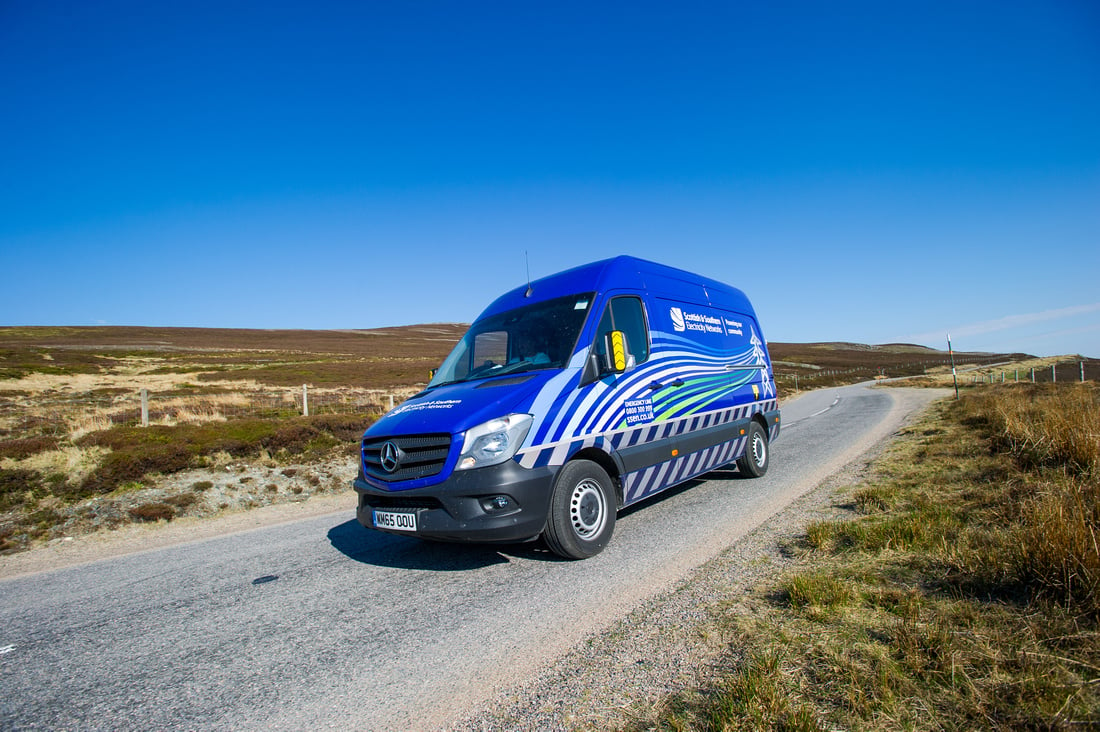Planning and preparation for our multi-million pound upgrade to the electricity network around Aultbea and Ullapool continues apace.
Ahead of the £9.5m project starting at the end of this year, Donald MacKinnon, Head of Large Capital Projects, and John Shanks who is overseeing all of the operational work, gave us a tour of some of the locations where work will be taking place.
They explained more about how the 14-month project will benefit the local communities, as well as the challenges of working in such a beautiful, yet remote, part of the country.
Speaking of the benefits, Donald said:
"We have two main elements to the project - increasing the resilience and reliability of our infrastructure as well as increasing network capacity.
"By installing new equipment across the network, for example overhead lines, wooden poles and a subsea cable, we're making it more resilient and able to withstand the rigours of the local weather, and this will reduce the potential for power cuts for our customers. The new equipment will also make the network more flexible behind the scenes, allowing our engineers to re-route customers' supplies on the rare occasions there is a power cut and get their electricity back on more quickly.
"We're alsolooking to the future where there will be an increased demandfor power from newtechnologies such as solar panels on customers' roofs and electric vehicle chargersin their driveways, and so by increasing the capacity on our network we'll be helping local communitiesthrive on the road to net zero."
Not only is the area around Aultbea and Ullapool some of the most picturesque the country has to offer, its remoteness can also make it challenging for the teams carrying out the essential work.
John gave us an insight into some of the ways of working that will be getting deployed to ensure that everyone stays safe as well as minimising the impact on the local community:
"We're going to be using specialist Hagglund vehicles to help us get around in some of the most remote areas where there's no roads or existing paths - these small vehicles are ideal as they have tracks, rather than wheels, and we've been using them over the years on similar projects and during storms to access parts of our network which would be impassable in traditional trucks and 4x4s.
"And for the larger pieces of equipment, for example the new wooden poles and overhead lines, these will be getting delivered by helicopter, as we want to make sure we're doing all we can to avoid any impact to local traffic during the project."
To learn more about the project from Donald and John, click on the image above to watch our short video.

